Lindes de Remelluri Viñedos de Labastida 2021
Description
Un vin qui a été créé pour refléter la diversité des vignes d'un village et le travail des viticulteurs. Les parcelles qui bordent les propriétés du domaine Remelluri appartiennent à deux des communes viticoles les plus intéressantes de l'AOC Rioja : Labastida et San Vicente de la Sonsierra. Issu d'une sélection de 34 parcelles de vignoble de Labastida, ce rouge incarne l'initiative de Telmo Rodríguez de rendre directement hommage au travail de nombreuses familles qui ont historiquement fourni des raisins à Remelluri et qui sont à l'origine de nombreux grands vins de La Rioja
Fiche technique
Dégustation
Vignoble et élaboration
L'avis des experts
The 2021 Viñedos de Labastida is one of the largest cuvées, one of the wines produced from the beginning of the project together with the one from San Vicente de la Sonsierra, completely different volumes than the other wines. It comes from many different vineyards, from 440 to 710 meters above sea level in a diversity of soils and orientations and, as such, has a majority of Tempranillo, with some Garnacha, Graciano and most probably small percentages of other varieties. All the wines are produced in the same way to showcases the differences between villages: the grapes are hand harvested into small cases, go through a sorting table and ferment with indigenous yeasts in stainless steel vats. The wines age in barrels of different sizes for 12 months. This has a very balsamic and herbal nose, with 14.1% alcohol and is serious and austere, with great freshness despite numbers that are nothing special in terms of pH and total acidity. There are 100,000 bottles. It was bottled in May 2023. (Luis Guitérrez)
Part of an expanded range of village wines that are "all about the growers", according to
Telmo Rodríguez, this is a comparatively large blend of mostly Tempranillo with some
Garnacha and Graciano. One of the firmer wines in the line-up, it has plum and black cherry
flavours and a spine of sinewy tannin and acidity. 2025-32
A round Rioja with fleshy black fruit, grilled spices and herbs. It shows flesh and volume on the palate with polished, creamy tannins. Fresh acidity, with a long and lightly spicy finish. Drink now or hold. Zekun Shuai - Senior Editor

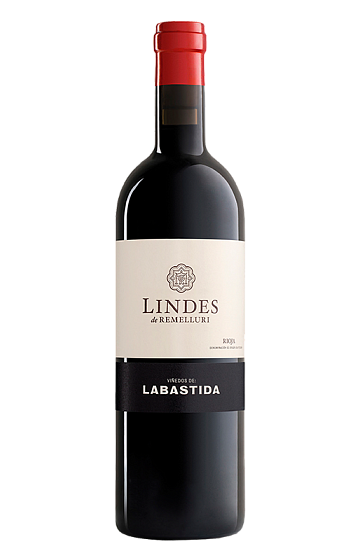


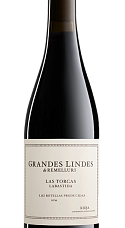
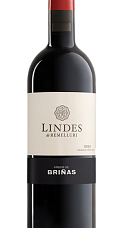
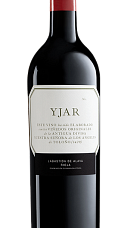
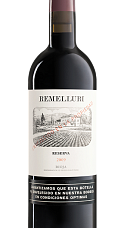



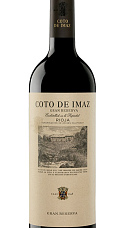



Millésimes: 2021 2019 2018 2017
Vino que es una apuesta segura. Gran Rioja integrante de ese grupo arriba de los mas comerciales, por eso pagas un poco mas
Rico vino.
Un Rioja moderno con un precio tremendo. Muy top.